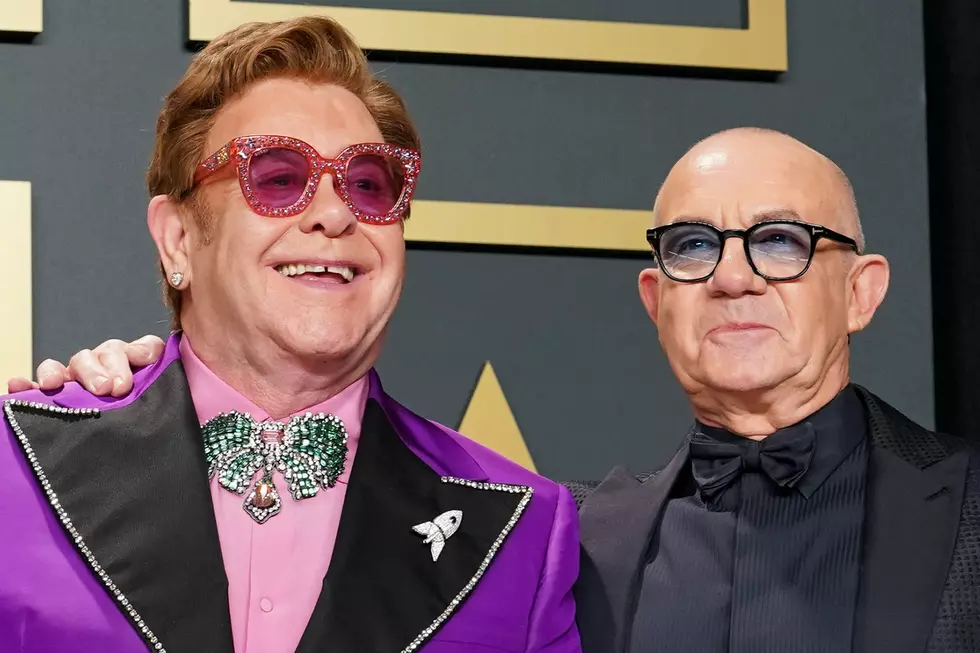
How Elton John Scored His First No. 1 Album With ‘Honky Chateau’
Elton John was well on his way to becoming a star when he released his fifth album, Honky Chateau, on May 19, 1972. But nobody had an idea just how big of a star he'd become following the record's supernova climb up the charts.
Several changes in John's approach to record-making probably had something to do with this. First of all, he and songwriting partner Bernie Taupin, after crafting two excellent albums of introspective singer-songwriter fare in 1970's Tumbleweed Connection and 1971's Madman Across the Water, broadened their focus to a more general pop and rock 'n' roll stance for the songs that ended up on Honky Chateau.
And, for the first time, John got to use his live band – made up of guitarist Davey Johnstone, bassist Dee Murray and drummer Nigel Olsson – for an entire album. They appeared in bits and pieces on earlier records, but on Honky Chateau, the core quartet makes most of the sounds you hear (except for some horns, violins and synths used here and there).
The songs were still rooted in his past – "Mona Lisas and Mad Hatters" particularly sounds like something left over from Madman Across the Water – but there was a more playful side to John now, especially on tracks like the opening "Honky Cat" and "Hercules," the LP's closer. In between is one of John's most cohesive set of songs up to that point, 10 tracks that make up one of his all-time greatest albums.
Listen to Elton John's 'Rocket Man'
The ringer here is "Rocket Man," inspired by equal parts Ray Bradbury and David Bowie, whose earlier "Space Oddity" dealt with similar themes of astronauts and alienation. Bowie's song received new life when his 1969 recording was reissued in early 1973 following his own rise to fame, courtesy of the Ziggy Stardust persona and music fans' appetite for outer space-themed songs – and it was ushered in by John's hit.
The "Rocket Man" single, which features the subtitle "I Think It's Going to Be a Long, Long Time," became, at the time, John's biggest single in the U.S., peaking at No. 6. "Crocodile Rock" went to No. 1 later in the year, marking the first of John's eight chart toppers. Honky Chateau also hit No. 1, the first of seven straight John albums, including 1974's Greatest Hits, to do so.
In short, the song and the album made Elton John a star. It was mostly recorded in January 1972 at a real chateau, the 18th-century structure Château d'Hérouville located near Paris, in five breezy days. The setting loosened up John and his band, who were already in a joyful mood thanks to his growing successes – and his record company's allowing him to record with a group of musicians he knew, instead of designated session players, which was the norm in the past.
The result was the record that set John on his path to becoming the '70s' biggest pop star. Only 1973's classic Goodbye Yellow Road stands in its way as the definitive Elton John album. "Honky Cat" followed "Rocket Man" into the Top 10, and for the next five years it became a familiar spot for John. Honky Chateau was the record that made it all possible.
Elton John Albums Ranked
More From Ultimate Classic Rock









